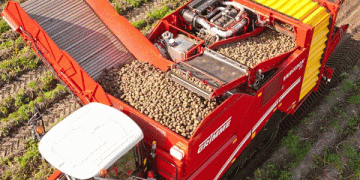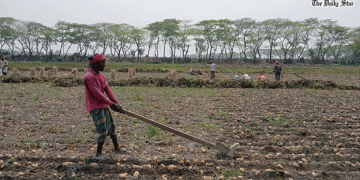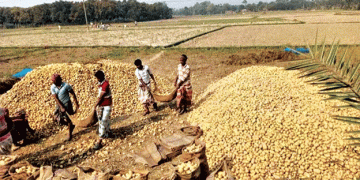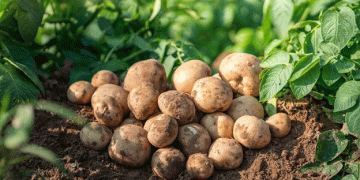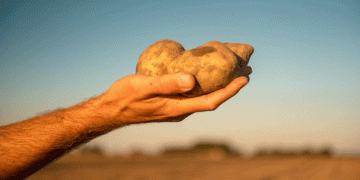It is still unclear whether variable planting of seed and ware potatoes results in a higher financial return. The plants are more even and with this planting method there is a fairly uniform size sorting. It is not yet clear to growers whether their investments in this new technology will pay off. These are the preliminary conclusions from a report by the National Experimental Garden Precision Agriculture (NPPL) about the experiences of growers who took up variable planting of potatoes in 2018 and 2019.
In 2018, two arable farmers started working with variable planting of potatoes as NPPL participants; one consumer potato grower and one seed potato grower. In 2019, three growers followed their example, which resulted in a total of five NPPL arable farmers gaining experience with this planting system.
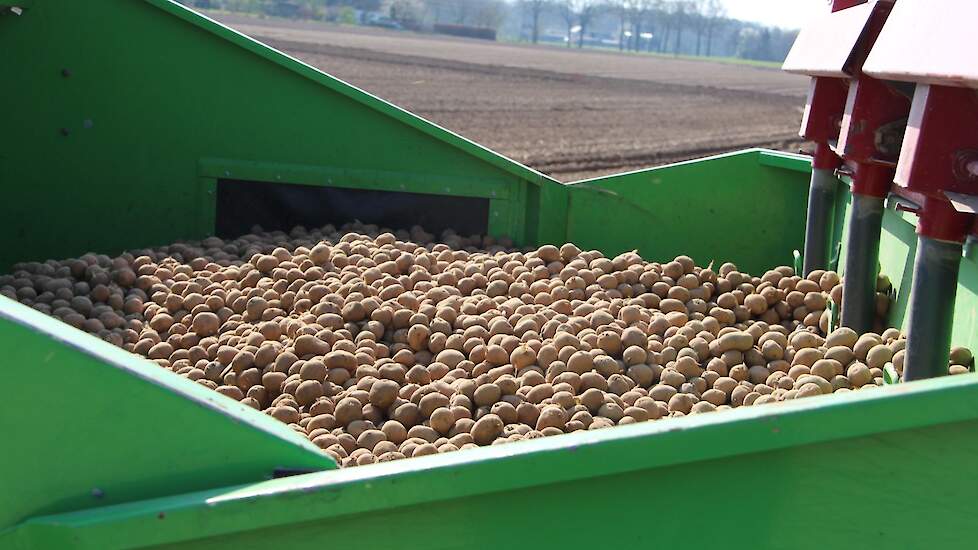
Read up on
The first year did not go smoothly. On the contrary. Reading the task card into the terminal on the tractor on one of the two companies caused such problems that it was decided to plant the old-fashioned way, so without variation in planting distance. Three varieties were planted variably on the other farm in 2018. The leg distance varied an average of 15 percent around the standard distance. The ridges next to the spray paths were also planted 10 percent closer. However, no additional yield or better size sorting was observed in this season. The WUR experts attribute this to the extremely dry summer of 2018.
In 2019, four out of five growers planted ware potatoes variably using task cards. The fifth grower did this in seed potato cultivation. A total of six different varieties were planted. The applied variation ranges from 10 percent to 28 percent around the standard leg distance. The mean variation was 21 percent around the standard distance.
Practice problems
One of the problems the growers encountered was that there was no ready-made application available for creating a task map. The growers are still dependent on consultants or good knowledge of FarmWorks. In addition, the choice of the planting distance to be applied per soil type proves to be difficult to determine. The experiences of fellow growers do help in this, but additional research is needed in this area. Also with regard to the calculation rules for variable planting density in seed potato crops. According to WUR experts, the growers indicate that they have great confidence in this application. However, they question whether they can get their investments in this new technology out of it.
More yield
A scenario calculation shows that a profit of 2 percent in seed potato and consumption cultivation can already be achieved with variable planting. For starch cultivation, an additional yield of 5 percent is necessary. According to those involved, instinctively higher yields and more uniform size grading have been achieved that endorse this. Hard figures to substantiate this are still lacking.
www.akkerwijzer.nl variable potato planting equipment-in-the-field


